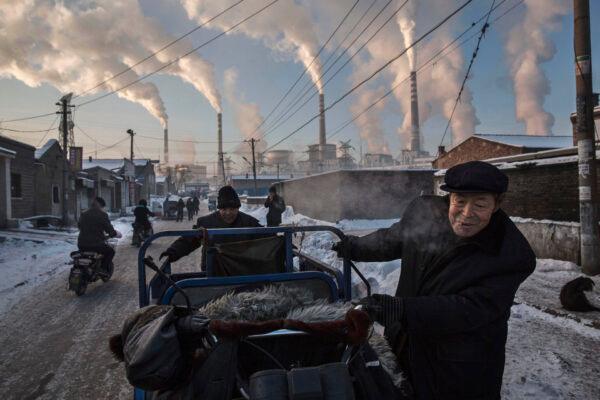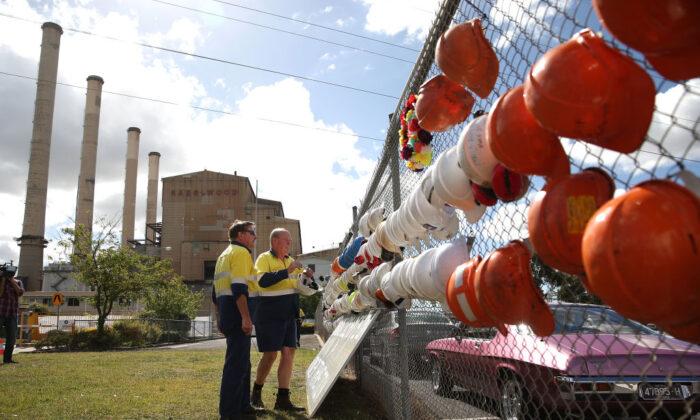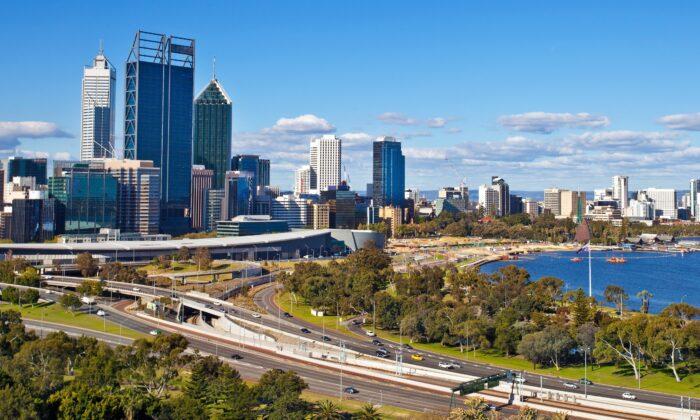If elected, the Australian Greens have promised to support workers with billions of dollars in wage subsidies and new employment opportunities as the lights dim across the nation’s fleet of coal plants.
“It’s not coal workers’ fault that coal and gas cause climate change,” Greens Leader Adam Bandt told the ABC.

The proposed $19 billion (US$14 billion) community support package will help workers move to industries that require a similar skill set, retrain for a new industry, or even simply retire early.
This will be done by massively incentivising businesses to hire former coal workers by paying 50 percent of the salary through government subsidies for a decade.
Workers over 55 will be eligible to receive the payment for up to 12 years as they transition to retirement, and those unable to find alternative work will be able to receive the subsidy directly.
The Greens outlined that the budget for the plan would in part be funded by increasing the taxes to Australia’s billionaires and fossil fuel corporations.
The Greens are also hopeful that workers will be able to quickly switch to emerging industries, such as renewables, minerals mining, and “green” manufacturing—an industry that could see the production of steel and aluminium using hydrogen but which has yet to be proven commercially.
“In many places around the country the best job for a coal worker is another mining job, and the Greens’ plan will help make that a reality. There are enormous opportunities in developing critical minerals and green metal processing,” Bandt said.
“Australia doesn’t need to shut down the mining industry, we’ve just got to get out of coal.”
“We can’t have a devastating repeat of the collapse of our car manufacturing industry. Instead of leaving their fate in the hands of overseas boardrooms of big corporations, the Greens plan gives local communities control over their future,” Bandt said.
‘Pain For No Climate Gain’
Australia’s shift away from coal has been criticised by some who believe the effect on global emissions pales in comparison to emitters worldwide.Estimates place Australia’s total contribution to global carbon dioxide emissions between 1 and 1.5 percent, a point highlighted by Daniel Wild, director of research at the Institute of Public Affairs.
On the other hand, Wild said that China—the world’s largest emitter of carbon dioxide (CO2)—had been building 92 new coal plants while Australia closed down its own.

The report also found that, as of February 2021, China had 247 GW (gigawatts) of coal plants in development—nearly five times as much as Australia’s 50 GW of power capacity.
“Closing coal-fired power is now an issue of national security. Australia cannot defend itself if we cannot manufacture critical supplies at a time of growing hostility in the Asia-Pacific Region,” Wild said.
This is because, as argued by Federal Energy and Emissions Minister Angus Taylor, the loss of “dispatchable” power—that is, power available on demand—should be similarly replaced with more dispatchable generation.





